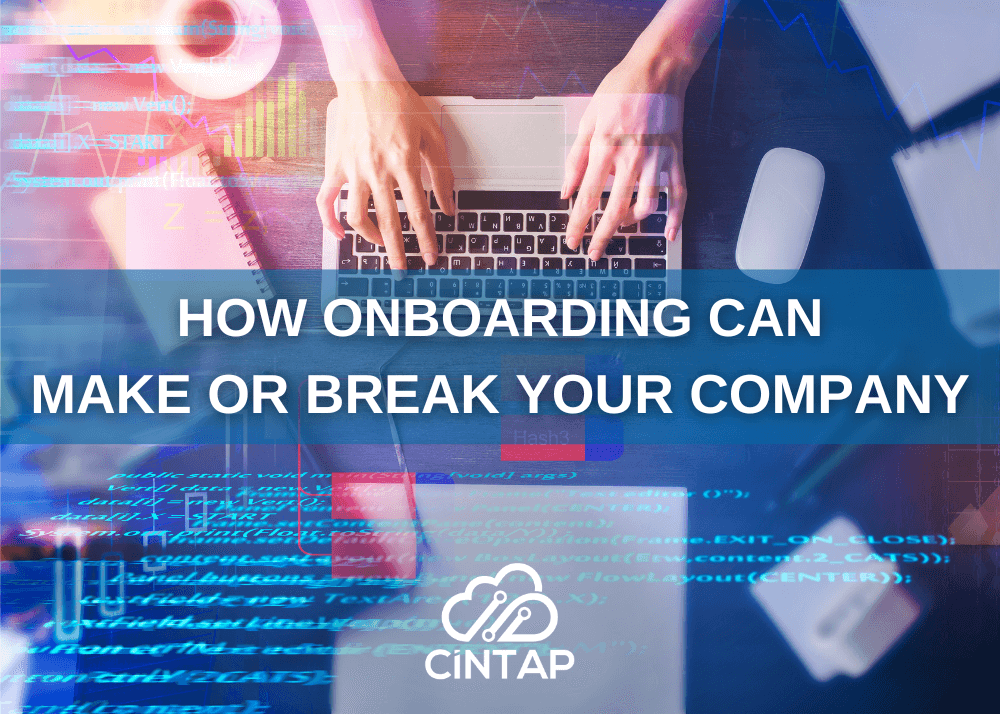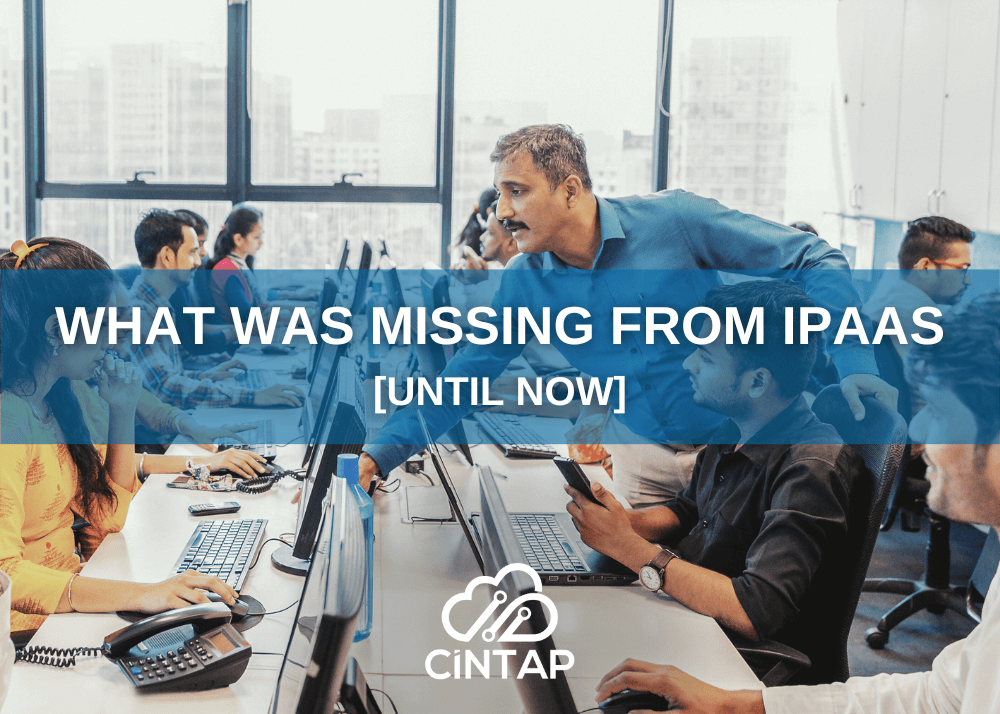
How your company communicates and connects with other businesses can make or break you.
No business is an island- we all depend on B2B relationships to stay afloat! We make phone calls, send emails, and exchange EDI documents. But is this communication fast enough? Probably not.
You need the fastest form of B2B connection: Application Programming Interface, or API.
API Explained
An Application Programming Interface (API) is code that facilitates communication between applications or systems.
This communication can be customer-to-company, supplier-to-distributor, transportation-to-warehouse-and-customer, or any other combination you need!
How do APIs work?
APIs set the standards for communication between 2 or more systems, software, or applications. The “client” is the system sending the data request, and the “server” is the system sending the response.
The basic flow of an API looks like this:
- The client sends a request for information from a server
- The API runs its set protocols for a data request
- The server sends a response with information to the client
- The API runs its set protocols for a data response

Let’s apply this concept in the real world.
A customer goes to a website to make a purchase. Before he can add to cart, the site has to know if there is any stock left in the warehouse! Almost instantly, the customer sees how many products are in stock. The API integration between the site and the warehouse made that possible!
Next, the customer places his order and checks out. The site sends an order to the warehouse (thanks to APIs!). The warehouse and transportation company are able to send frequent updates to the customer about the status of his order in real-time as it’s picked, shipped, transported, and then delivered to his door! All those updates? Doable with APIs!

API integration
Having APIs is really the only way to stay competitive in today’s market. As of 2022, according to BusinessWire, “Nearly two-thirds (65%) of organizations rely on APIs to improve collaboration with partners and enable partner innovation, while 60 percent share APIs internally among development teams to deliver products and services faster.”
With APIs, your customers, clients, and partners can integrate quickly-instantly! – with your system, and you can connect to other businesses just as fast. Fewer clicks mean a smoother experience for everyone!
But this also means that as your company continues to scale, so will the labyrinth of APIs you create to keep things running. The solution to managing and maintaining your APIs is an integration platform. Managing your APIs on a platform like CINTAP Cloud is called API Integration.
Your company needs APIs to create an easy customer experience. And API integration makes it achievable to standardize all of those connections, monitor them, and maintain them.
Other benefits of API integration
We’ve been talking about how API integration builds a better customer experience. But API integration is a practical choice for your business operations as well:
Integrating (and automating!) APIs into your existing landscape will optimize your entire organization. Rather than writing all new code, developers create APIs to function within an existing framework of applications to streamline tasks and workflows. Linking applications with APIs creates direct pathways from start to finish with fewer manual inputs (or none at all!).
Beyond integrating within your own systems, APIs can also connect you with third-party platforms and applications. Efficient connectivity with trade partners or outside platforms saves time and reduces costs.
The quick pace of our marketplace demands frequent updates on orders, lighting-fast delivery, and a frictionless customer experience. 60% of companies that use APIs are involved in the supply chain and manufacturing for a reason! API integration with third parties is what makes this possible.
With the right technology and a splash of creativity, API integrations give you limitless development potential. Your team can build newer, faster, cheaper connections to other departments, customers, and third-party platforms or partners.
Because of their flexibility and universal usefulness, there are countless API integrations for social media, e-commerce, financial systems, academic organizations, and literally any other type of system!
Integration Platform as a Service (iPaaS)
To effectively manage your API integration, you’ll need an integration platform.
Integration platform as a service (iPaaS) is defined as a cloud-based software that can assimilate data from different sources onto a single platform.
In other words, iPaaS is a tool that assimilates, standardizes, and automates data exchange within an enterprise or with other applications/partners.
CINTAP Cloud
CINTAP Cloud is the integration platform to simplify your API solutions! As an iPaaS provider, CINTAP Cloud can host and manage your API integrations- as well as your EDI exchange, OTC process, and any other B2B communications you use.
With a tailor-made solution for your business, CINTAP Cloud is the right choice for API integration.
Learn more about what CINTAP Cloud can do for you!

Author – Carissa Getscher




